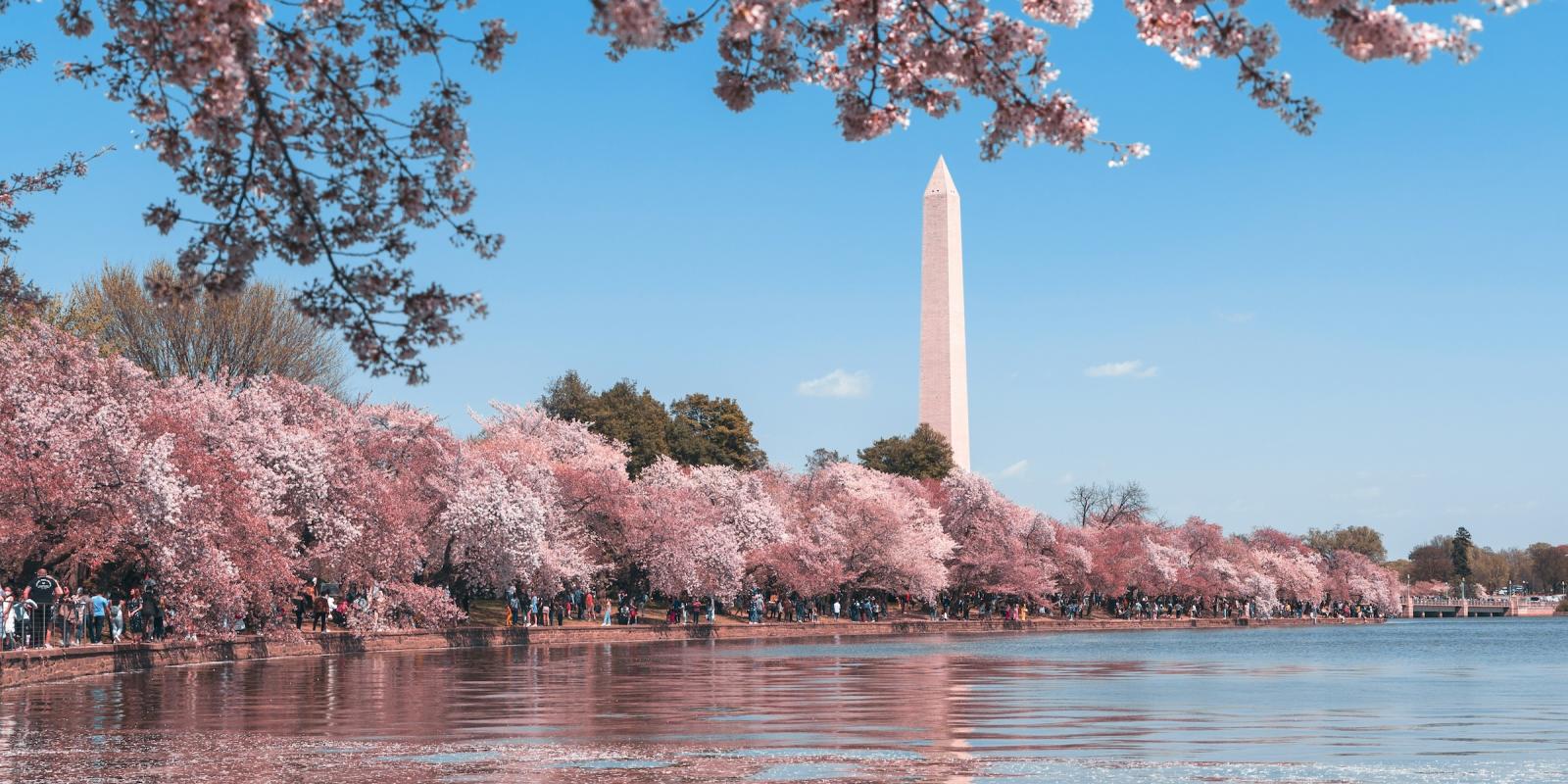Long before the invention of the airplane and a short time before trains were used for commercial transportation, congressmen traveling to Washington for extended periods faced a complicated issue: where would they live in the developing capital city while Congress was in session? Some wealthier members of Congress could purchase private residences or stay with a colleague, but this was not a realistic option for most. The most common solution by far, was to reside in one of the District’s many boardinghouses. Several former presidents, including Abraham Lincoln, found boardinghouses to be a phenomenally sufficient option during their congressional years— for a reasonable fee, a boardinghouse would provide you a room, quality meals, place to work, and lively conversation with fellow residents, many of whom were also politicians. Boardinghouses were scattered throughout the city, but the majority of them were located on Capitol Hill in the area where the Library of Congress stands today.
